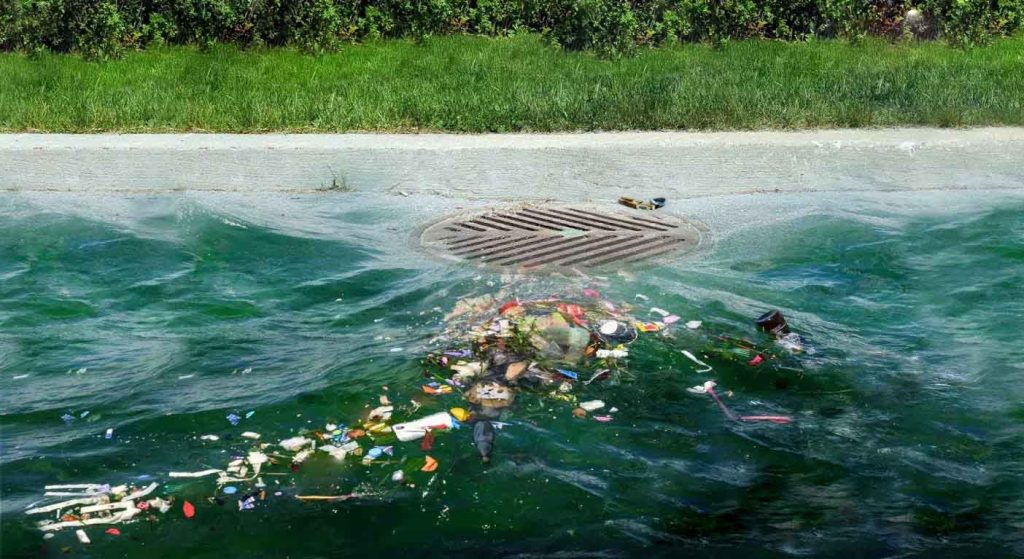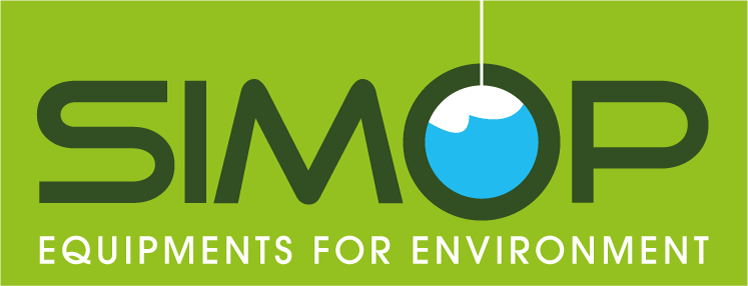The facts: stormwater pollution
The waters of our rivers, seas and oceans are saturated with pollutants of all kinds: plastics, pesticides, drug residues, hydrocarbons… Far from improving, the phenomenon is getting worse by the year, to the point where for some years now scientists have been talking about a continent of plastic floating in the Pacific. This seventh continent of waste covers some 1.6 million km2 and weighs in at 80,000 tonnes: it’s an ecological disaster that threatens flora and fauna, as well as mankind.
The massive urbanization of recent decades has increased stormwater runoff by creating more and more impermeable surfaces. Rainwater carries micropollutants when it flows over impermeable surfaces contaminated either diffusely or accidentally by hydrocarbons and PAHs. Some of this pollution eventually infiltrates, degrading soils and aquifers.

Change on the move
Rainwater management needs a thorough rethink. Decentralization is the key to controlling water volumes and treating runoff pollution as close to the source as possible.
Taking local rainfall into account is now the rule for sizing stormwater treatment facilities.
Rainwater treatment solutions
SIMOP has developed a device capable of removing suspended solids, fine particles and microplastics from rainwater.
The AFNOR fascicle (FDP16-009) has just recognized this type of device as a “decentralized structure for managing rainwater pollution control”. For Trithon, this is a welcome recognition following verification by the independent CSTB laboratory and the European ETV program.
Trithon, a water purification unit, can be installed wherever there are impermeable surfaces. It can be used to clean run-off from parking lots, roads, airports, coastal areas, recycling centers and industries. The ultimate aim is always the same: to trap pollutants as early as possible to prevent their dissolution and preserve the environment.
Based on hydrocyclone technology, its operating principle is simple yet highly effective. The heaviest particles settle naturally. Under the effect of centrifugal force, the lightest or finest particles are separated from the water and isolated from the flow by membrane walls. A final treatment compartment completes the trapping of particles and prevents them from being released. In the interests of transparency, the device’s performance has been verified by the CSTB. At 5l/s, Trithon is capable of trapping 100% of particles ⩾150μm and 91% of particles ⩾50μm.
Several recycling centers have already adopted the hydrodynamic separator. From an economic point of view, thanks to its compact rotomolded PE design, the Trithon device is very cost-effective to purchase and install.




![TRITHON Polyethylene hydrodynamic separator 5 [6500] TRITHON Polyethylene hydrodynamic separator - Main image](https://simop.com/wp-content/uploads/2024/05/6500-trithon-polyethylene-hydrodynamic-separator-main-image-800x1129-optimized.jpeg)